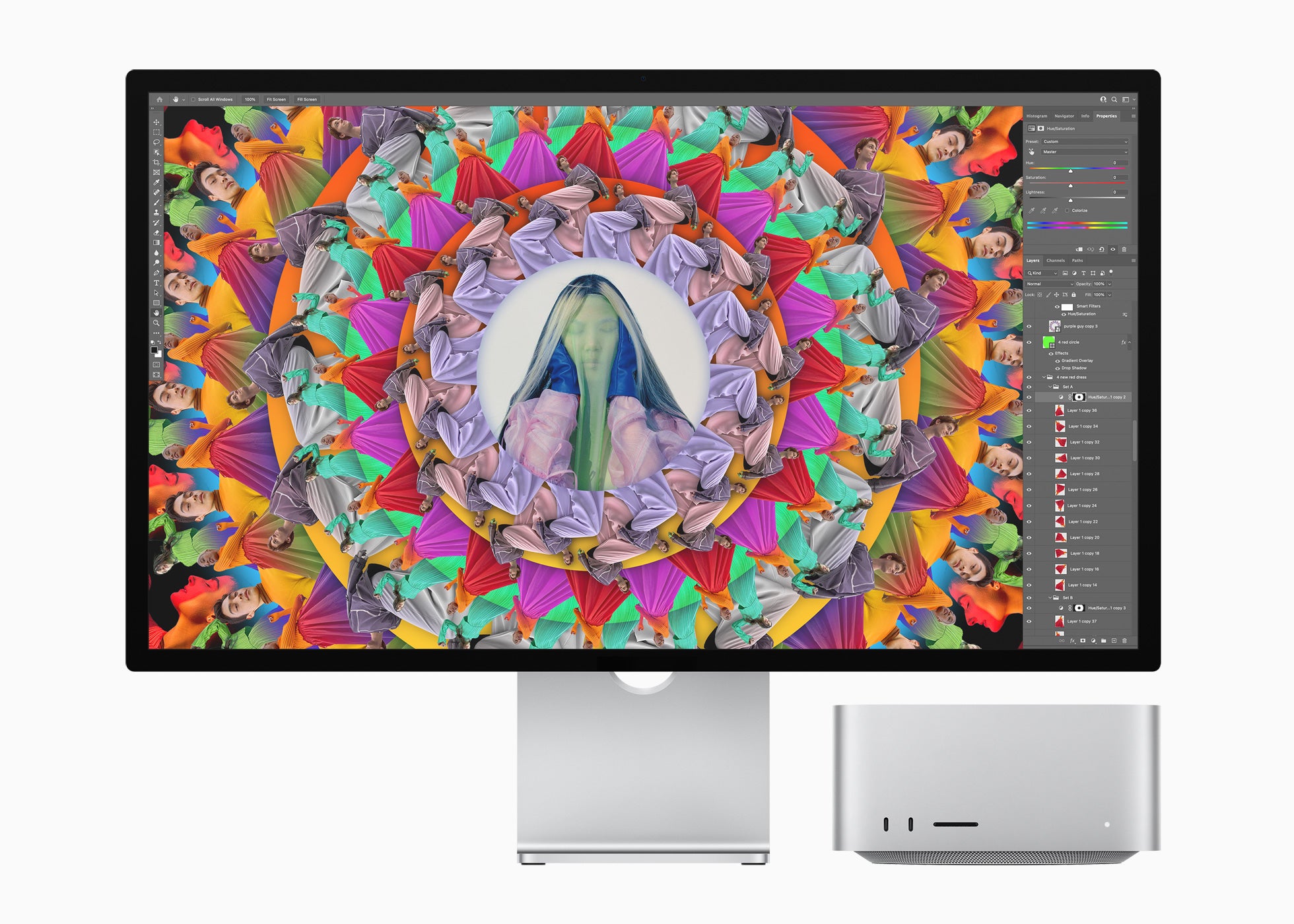Apple’s new Studio Display screen is more powerful than many of its phones

Your support helps us to tell the story
From reproductive rights to climate change to Big Tech, The Independent is on the ground when the story is developing. Whether it's investigating the financials of Elon Musk's pro-Trump PAC or producing our latest documentary, 'The A Word', which shines a light on the American women fighting for reproductive rights, we know how important it is to parse out the facts from the messaging.
At such a critical moment in US history, we need reporters on the ground. Your donation allows us to keep sending journalists to speak to both sides of the story.
The Independent is trusted by Americans across the entire political spectrum. And unlike many other quality news outlets, we choose not to lock Americans out of our reporting and analysis with paywalls. We believe quality journalism should be available to everyone, paid for by those who can afford it.
Your support makes all the difference.Apple has launched a new screen – and it is smarter than many of its phones.
The display, officially known as the Studio Display, is powered by an A13 chip. That is the same processor that was first introduced with the iPhone 11 – and still powers the iPad that Apple continues to sell to this day.
That is more powerful than the processor that is found inside the Apple TV, as well as other standalone devices.
The display is also more expensive than many of its phones. Costing as much as £2,149, it is more expensive than even its current iPhone line-up.
But that chip appears a little strange, given that the display is intended only to be a screen for other devices – including the powerful new Studio Display that was unveiled at the same time.
The screen’s processor is, however, working on its own to provide many of the features that Apple announced with the display, and to try and make it worth that high price tag.
In its announcement, Apple said the A13 Bionic chip is included to allow for “innovative features like Center Stage, Spatial Audio, and ‘Hey Siri’”. It did not give much further information – but they are each features that require the display to have processing power all of its own.
Center Stage, for instance, is a feature that first arrived in the latest iPad Pro and has come to the Mac for the first time. It allows the built-in camera to zoom in as people move around the room, ensuring that it is focused on people as they use it in video calls or for other purposes.
To do that, however, the camera needs to be able to recognise people’s faces so that it can move to the right place. That appears to be done by that processor.
The chip also does some processing from the webcam itself, ensuring that the video looks as good as possible. The power of such processing was demonstrated when Apple first unveiled its MacBook Pro with new chips – though it did not have an upgraded camera, the video itself was dramatically improved by the better processing power.
The Spatial Audio features mean that the computer is able to hand the display audio that is formatted for Dolby Atmos – and have the Studio Display play it as if it is coming from all around. In its announcement, Apple stressed that the display had the best speakers it had shipped in a computer, presumably allowing them to give that sense of space.
Apple also uses the chip for “Hey, Siri” tools, which are in some Macs but not all of them. The chip is able to help listen for people calling out for its voice assistant so that the computer can do the job of listening out for them.
Apple has put unexpected chips into its computers before – in its older computers, for instance, it included a T2 chip that was a variant of the A10 that arrived in the iPhone 7. That chip helped out the main Intel processor, including security features as well as aiding with video processing.
Join our commenting forum
Join thought-provoking conversations, follow other Independent readers and see their replies
Comments